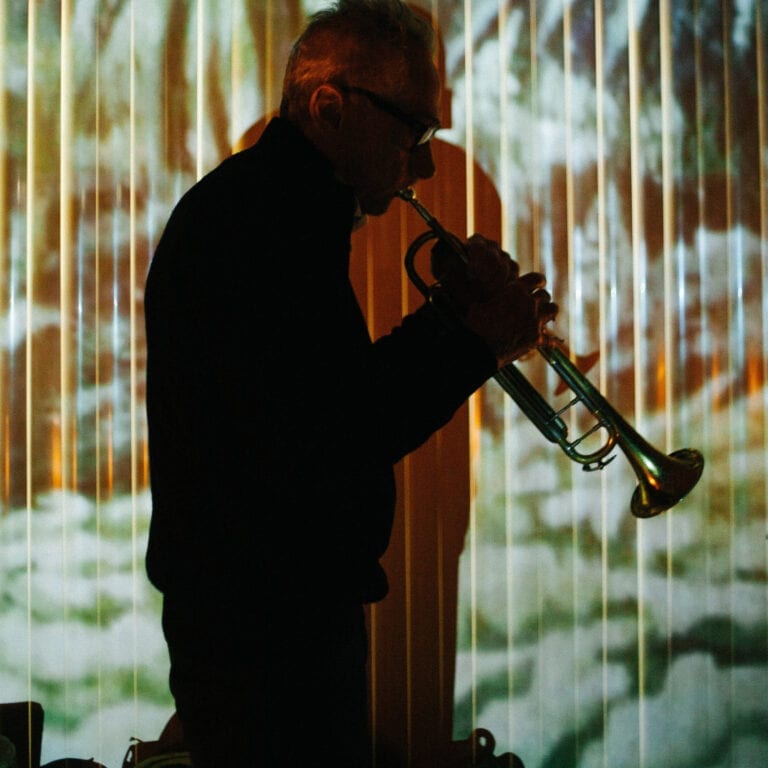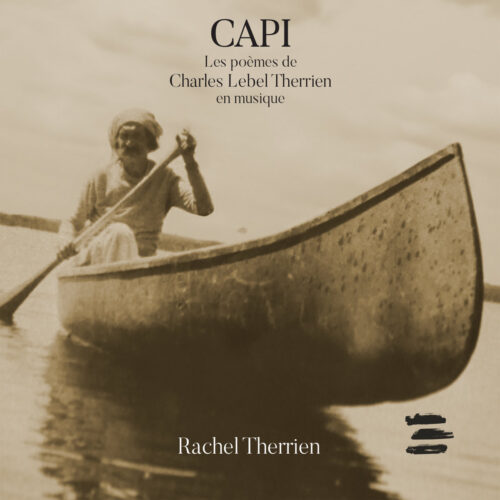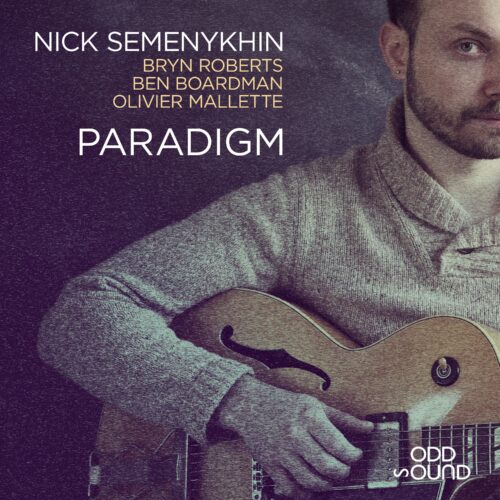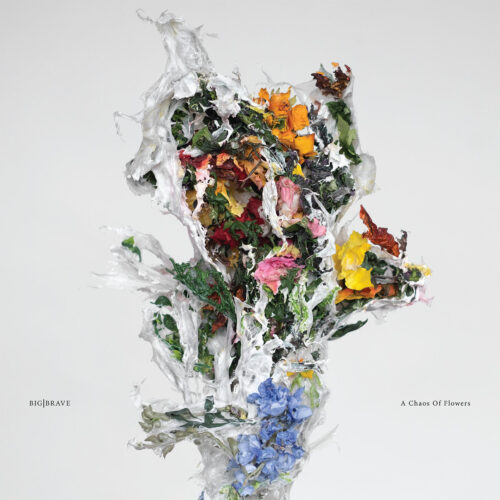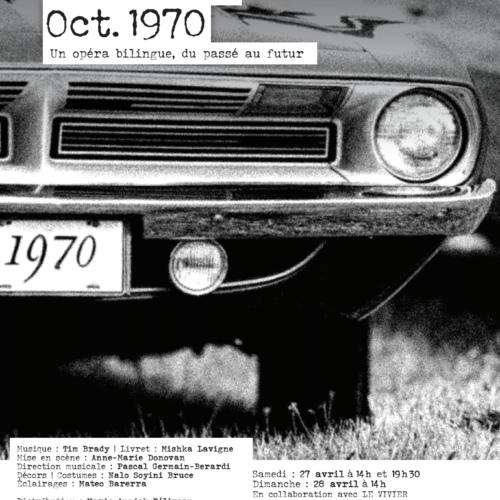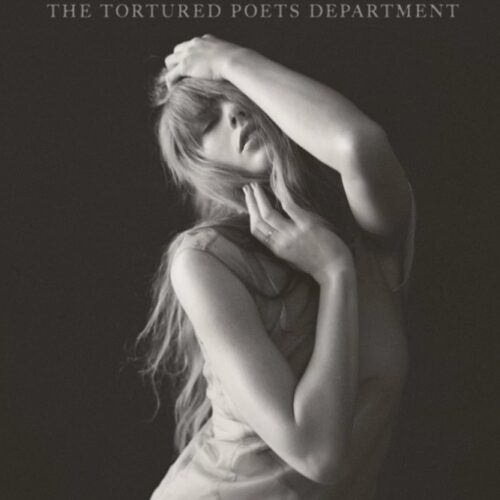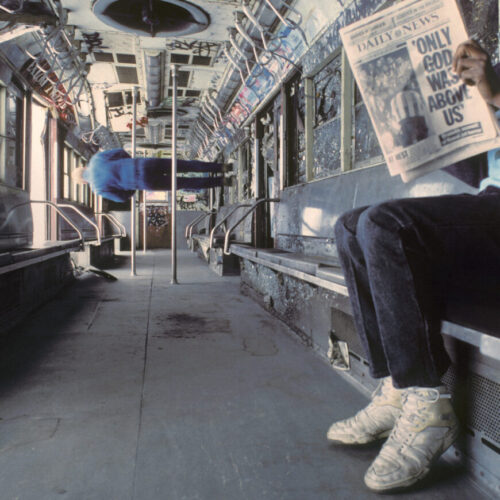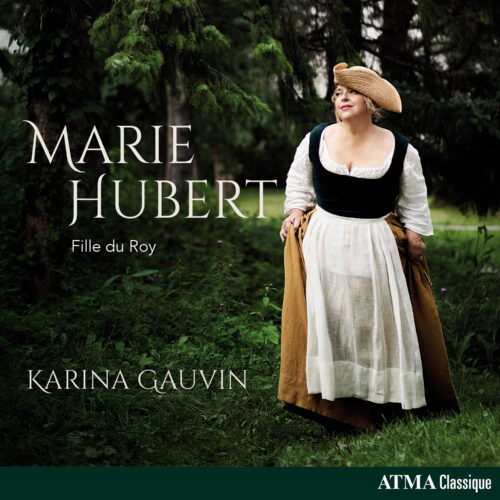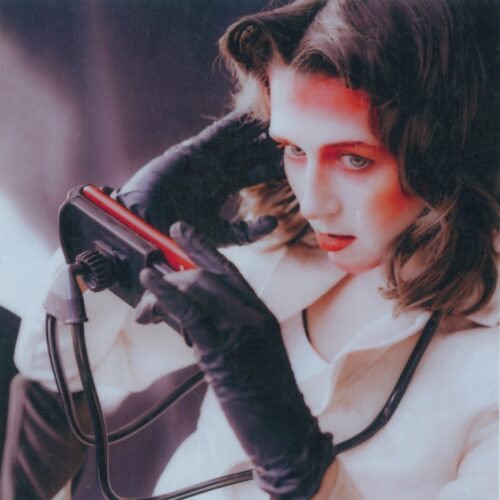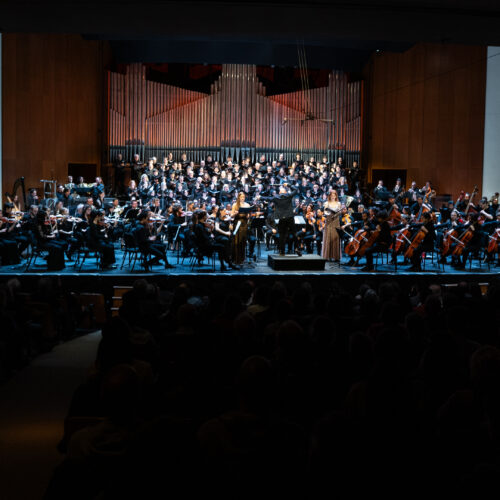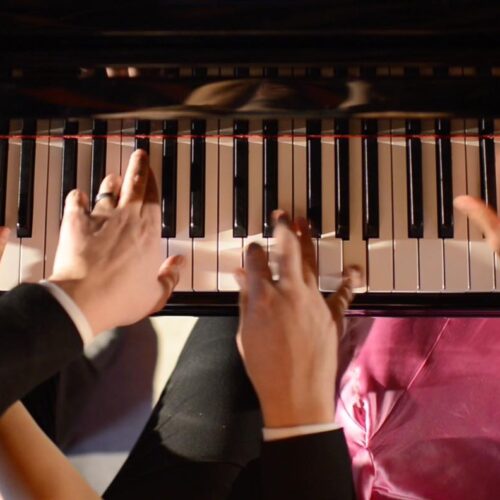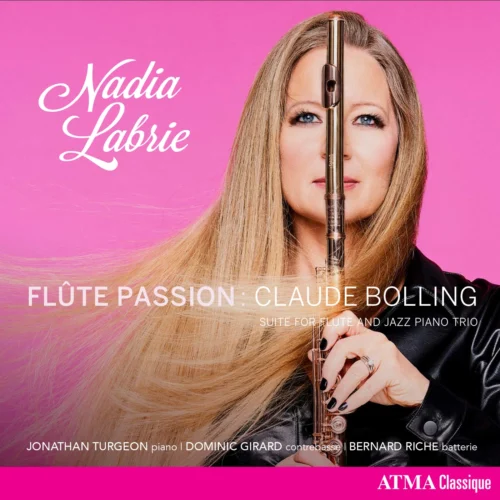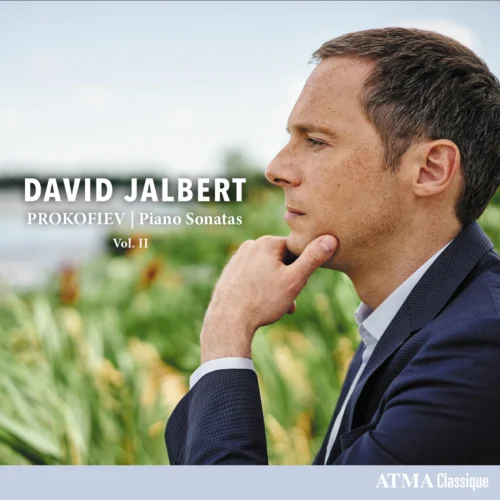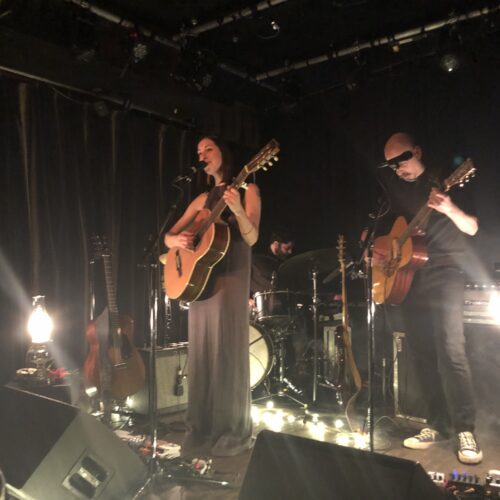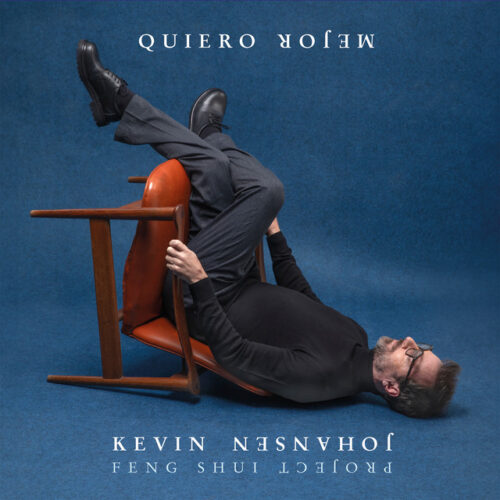Photos: Roman Koval
PAN M 360: Inspired, among others, by your late friend the German painter and illustrator Mati Klarwein, to whom we owe several of your album covers, you apply the pictorial technique of pentimento to your recent compositions. Thus, the textures far outweigh the melodic articulation, the speed of execution or the apparent complexity. The meticulousness of your sound superimpositions generates unique textural exploration, sumptuous atmospheres, evanescent forms that incite the listener to a transversal perception of sound.
But since the beginning of your career, hasn’t the quest for new textures been at the heart of your creative process?
Jon Hassell: Yes, I believe so. Recently, by the way, I’ve discovered new electronic alterations, new sounds, new loops… Far beyond the melodic lines played on the trumpet, the electronically altered sounds involve harmonic progressions in my music, which adds to the fluidity and diversity of the information offered. Things are developing, new sound possibilities are more and more diversified, so it’s a question of being aware of it.
PAN M 360: John von Seggern (bass, synths, keyboards), Rick Cox (electric guitar, midi guitar, bass clarinet), Eivind Aarset (electric guitar, sampler), Hugh Marsh (violin, orchestrations) Kheir Eddine M’Kachiche (violin, sampler), Sam Minaie (bass) and Peter Freeman (bass) were your acolytes for the recordings under the Pentimento banner. How would you describe this collaboration?
JH: These amazing musicians I have worked with all have an interesting and personalized approach to their instruments, and to this mantra we share. Beyond their instrumental virtuosity, they have their own colouring approach with the music, their own effects pedals, their own knowledge of electronics. With the help of all these new electronic tools, they can colour things electronically. Thus, our music is a mixture of electronic music, ethnic music and other music that each of us has listened to along our own path.
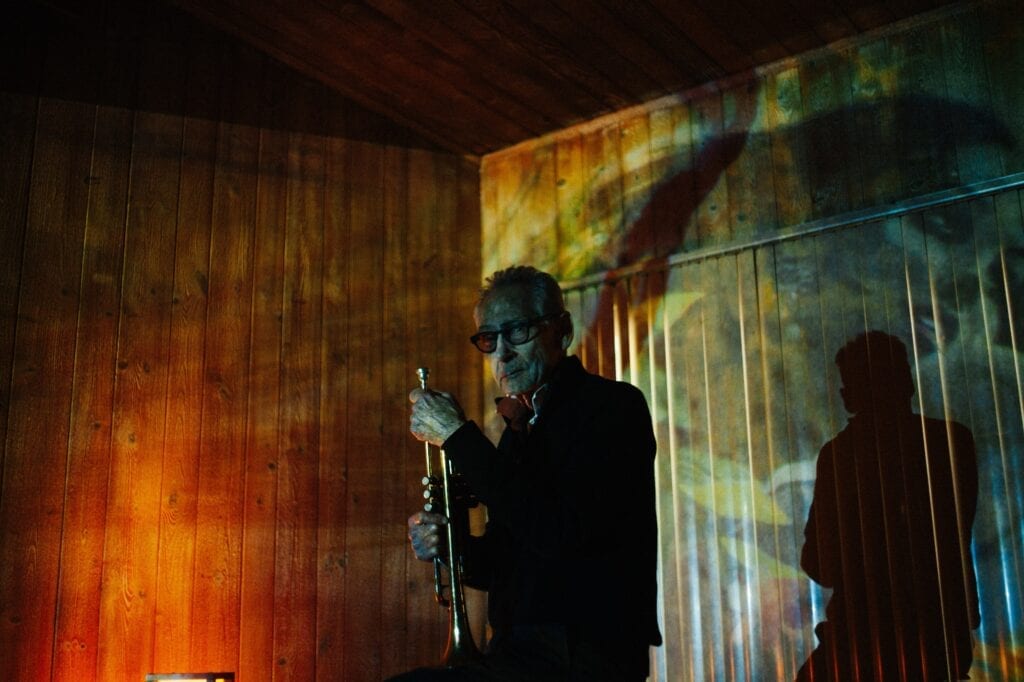
PAN M 360: Four decades ago, at the time of your album with Brian Eno, you coined the expression “Fourth World” to define the universe of your inspirations. Indian classical music, West African music, modern jazz, western contemporary music and electronic music are still among the colours of your palette today.
In music, is the creative dynamic irremediably global?
JH: Yes, absolutely. I’m not the kind of person who’s going to be confined indefinitely to a particular style, or a community of musicians, or anything like that. I’ve always done it that way, by the way, whether it’s contemporary music with Stockhausen, ragas with Pandit Pran Nath, or my association with La Monte Young and Terry Riley. I have been very lucky to be able to learn from musicians and masters from all over the world, with their own traditions and ways of doing things. I love the music of the West, but also of India, West Africa, or Brazil, where the impressionism of French music has become tropical.
PAN M 360: How do you manage to maintain your state of inspiration, even this exceptional freshness in your creative practice?
JH: You always have to ask yourself what you really like. Even if you’ve had some success, fame or notoriety in your life, it doesn’t matter. It’s always good to keep that in mind when you look at the outcome of your work – is it satisfying? Are you satisfied with what you’ve accomplished? Were you making an inspired piece of work or a product, so to speak, a musical product? You have to try to make music that you enjoy, and that reflects the way you see yourself as a sentient being, you know, to continue your development all the time.
So I have this mantra – what do I really like? What that means, in concrete terms, is that you have to push all those things that you like a little bit further, or maybe the things that you think you have to do to maintain an audience that you’re lucky enough to have conquered. You’ve got to be honest to yourself and admit that financial success or fame could be an obstacle to moving forward, into something else. Of course, it depends on how comfortable you are in doing the same thing over and over…
PAN M 360: Did the musicians who took part in your recent recording sessions share these values?
JH: Of course. The creative process is the result of sharing interests and sensitivities for a common goal. And of course this mantra keeps us alert and creative, to which we add new variations. Everybody had this same attitude – let’s go to the music that sounds good. Then, it was a question of letting each one exercise his profession with his tools, his sound encyclopedia. Gradually, those musicians developed with me a common sensibility. Those friends and colleagues also became my critics and guides.
PAN M 360: However, most artists gradually abandon this state once they have conquered their audience. Only a tiny minority manage to do so, and you are part of this cohort, is it a question of persistence?
JH: If you keep asking yourself this question, not only from a neutral point of view but also from a personal point of view, I think you have a good chance of being fresh, and letting only that which really touches something in you into your art. But you have to find that out. Then it’s a matter of listening to your own body and your own taste. You also need to have the courage to admit to yourself that some of the sounds you have loved in your art are no longer as fresh as they used to be. Listening to yourself, you need to identify what is bothering you and realize that it is time to find something else. And so, without having to play a role that is not yours, you will be more willing to hear the sounds that will bring things together and be your new inspiration.
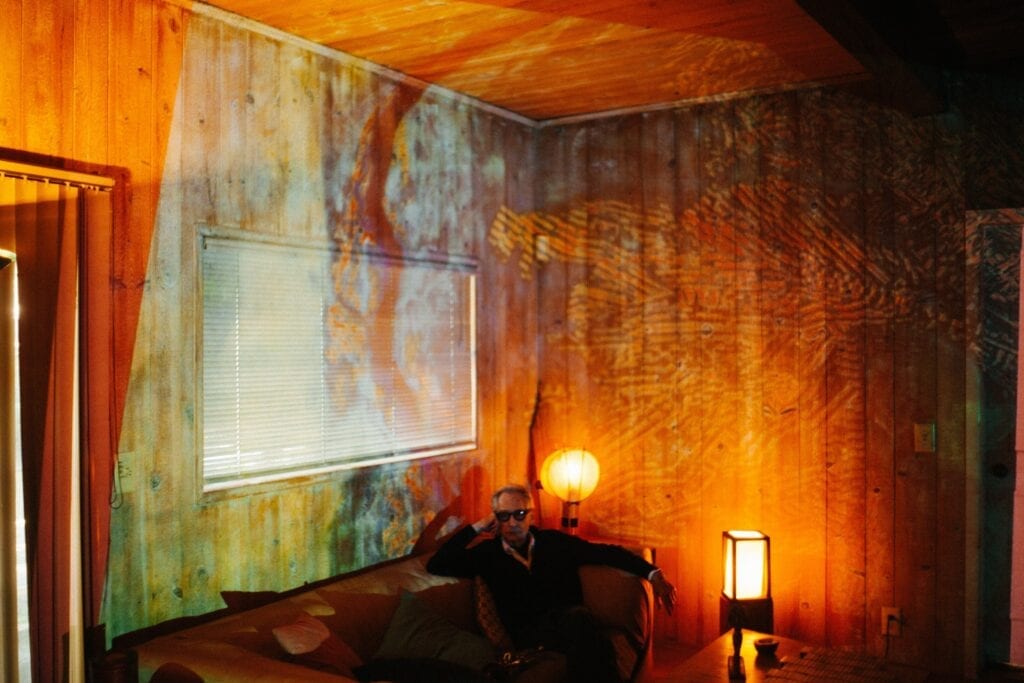
PAN M 360: Haven’t you maintained this essential questioning since your beginnings, in fact?
JH: For Pentimento, as for my previous projects, I followed what I really like, this mantra continues to be repeated. If you are true to yourself, in the long run, you could make up for it by studying any amazing music that comes to you from elsewhere, from Tom Jobim to Karlheinz Stockhausen. You learn to be honest with yourself and to admit that you can’t do that for the rest of your life. It is also always sane to stay a little bit hungry.
PAN M 360: There’s no major break in your work as we’ve known it since the ’60s and ’70s, do you ever reflect on your big achievements over the years?
JH: Not really. I don’t sit around longing for a period and wishing it back. Once again, my mantra comes into play – if you ask yourself what you really like, you look ahead, and you keep out of boredom. You don’t need nostalgia to stimulate your imagination and feel you’ve reached the essence of something you value.
PAN M 360: Some of your predecessors had the same attitude as yours, whatever musical style they used – would you give any examples?
JH: Duke Ellington is a good example. From his early compositions to the end of his life, there was always an awareness of the possibilities offered all over the world. He understood that if you don’t get tied down to the same groove, if you don’t always walk on past achievements, you could identify new things that you would share with other musicians in search of new sounds. That’s why Ellington was one of a kind in jazz, open to French impressionism and endowed with an eternal drive. I feel the same way about Gil Evans’ harmonic vision and Miles Davis’ playing. Everything they did had a very special touch, and it also had this harmonic affinity with the music of Debussy and Ravel. So you don’t have to feel safe with your little chord progressions. Even drug addicts can get tired of using the same drug!
PAN M 360: In this period of pandemic, everything is going well on your side?
JH: Yes, I’m fine and I stay home. I’m not doing any touring until new ways of presenting things come along. It’s a matter of waiting, watching and staying out of the flow of the virus. It’s a new time… audiences have become decentralized, it’s no longer a group of people that are enthusiastic in front of you, under the same roof. Not the time for gathering big audiences, like president Trump likes to do (laughs). So you just have to go with that, keep trying to innovate, make things happen.
